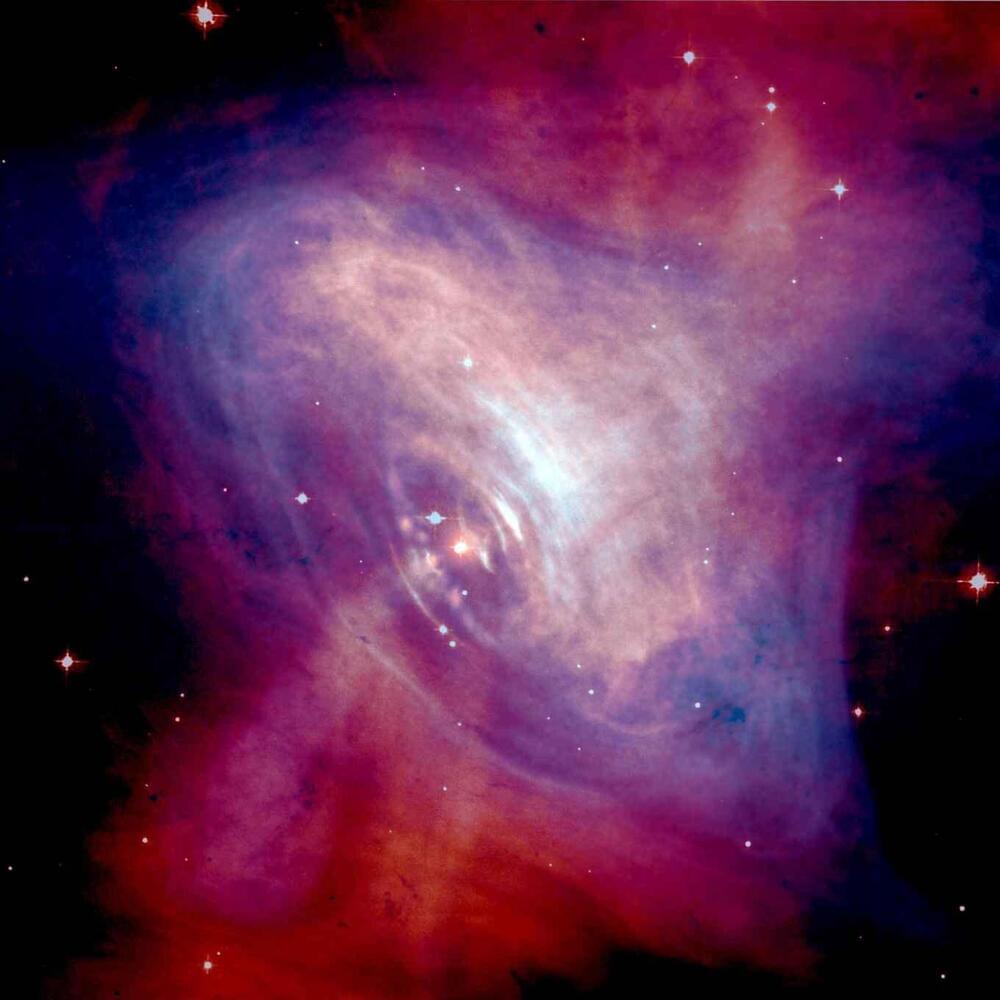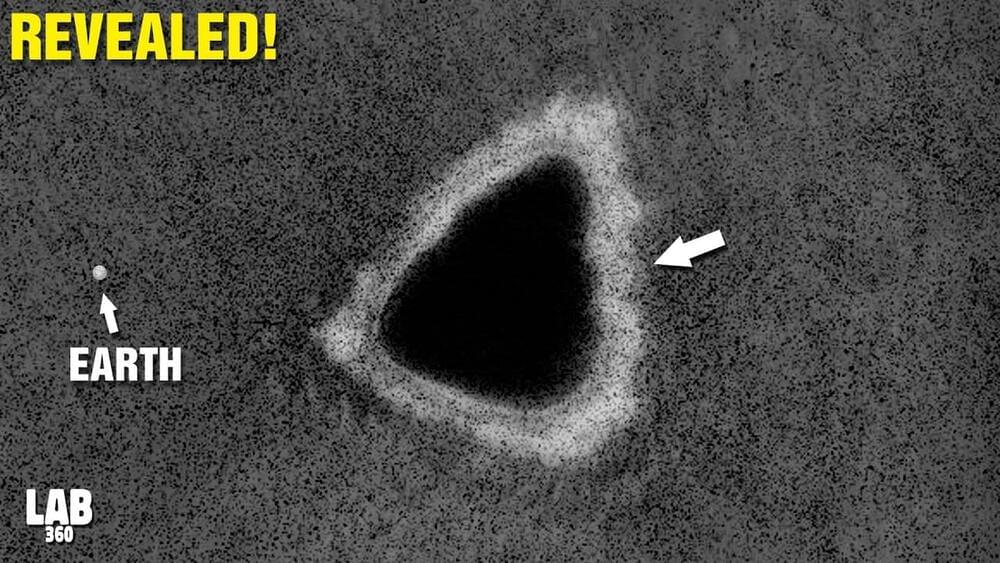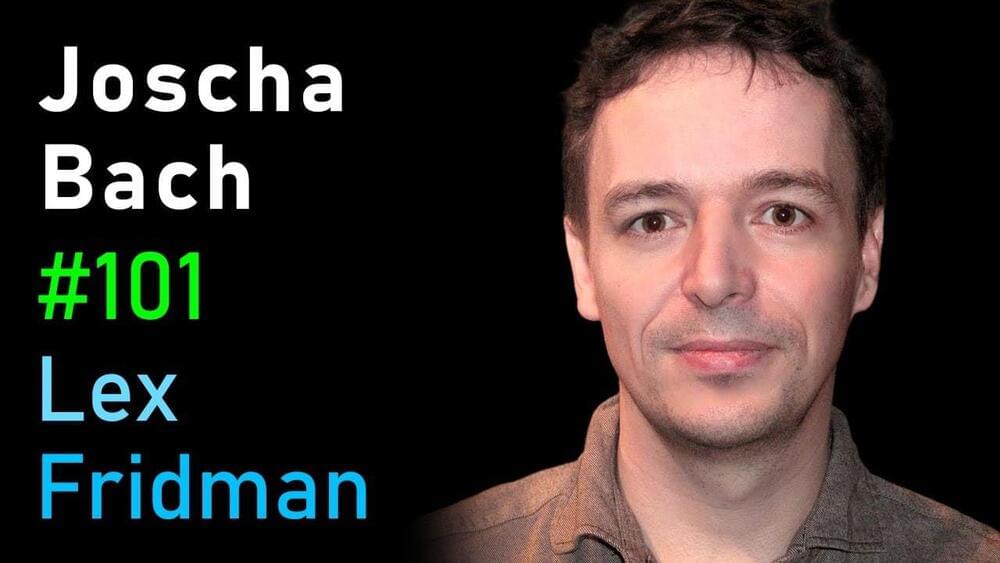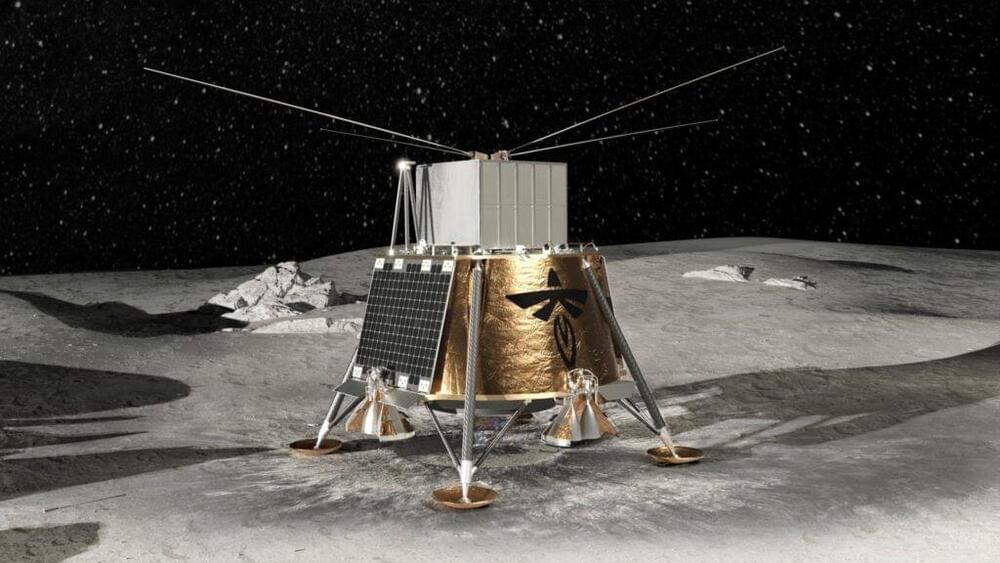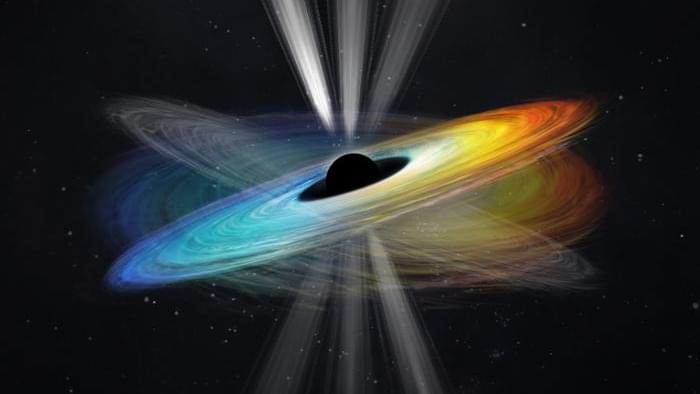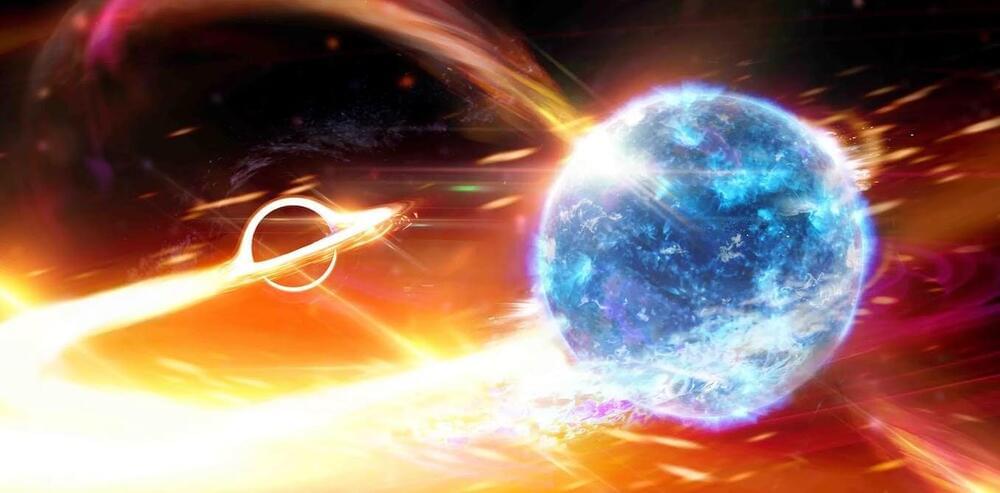Oct 7, 2023
Saturday Citations: Hippo maxillofacial issues; implicit biases in the game of kings; AI masters Street Fighter
Posted by Saúl Morales Rodriguéz in categories: cosmology, physics, robotics/AI
They announced the Nobel prizes this week! But did any of the recipients teach an AI to play Street Fighter? Here are a few of this week’s stories not yet lauded by international committees of scientists, but which we thought were pretty good:
Even if you think a galaxy is old enough to drink, you should probably go ahead and ask for ID before you serve them. The earliest galaxies in the universe captured by the James Webb Space Telescope appeared too bright, massive and way too old to have formed that soon after the Big Bang, presenting a problem for astronomers and their favorite model, the standard model of cosmology.
Recently, a team of physicists at Northwestern University used computer simulations to model galaxy formation after the Big Bang and demonstrate that (at least in the model universe) stars formed in bursts, producing light of enormously greater intensity than a modern galaxy like, say, Andromeda, where star formation is steady and the number of stars gradually increases over time.

